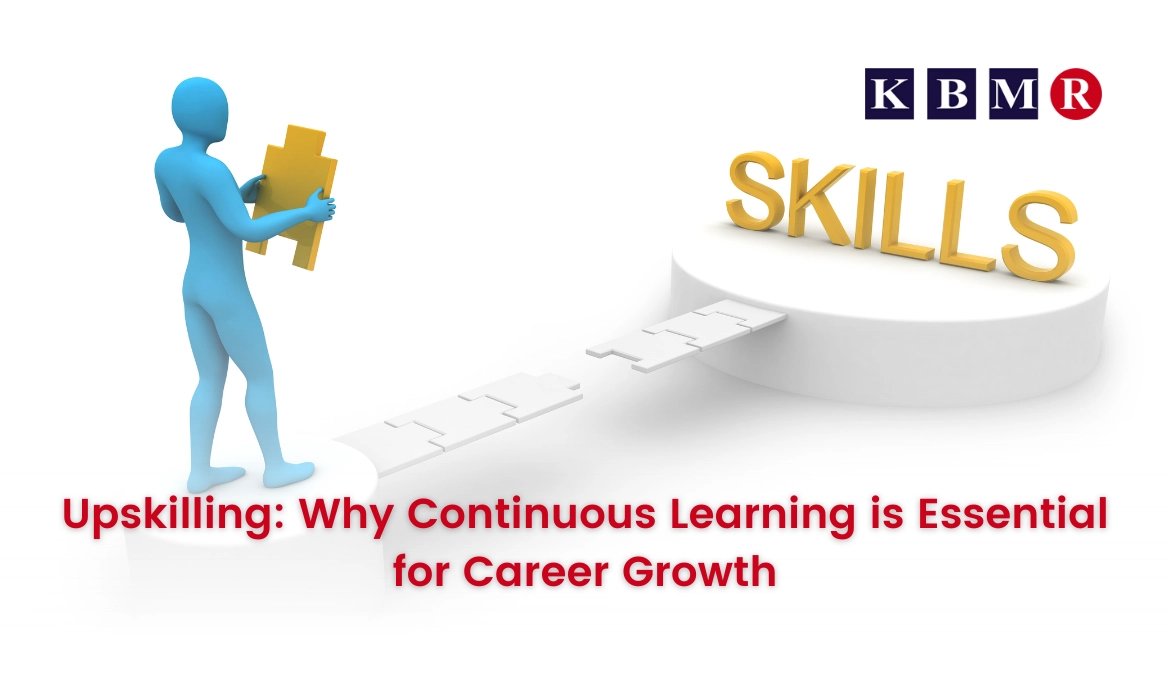In today's rapidly evolving business world, finding and retaining talent is a critical challenge for companies of all sizes and industries. The talent landscape is competitive and dynamic, requiring organisations to adopt strategic approaches that attract the best candidates and ensure their long-term engagement and commitment. In this article, we will discuss proven methods for effective recruitment and retention that can help businesses thrive in this challenging environment.
Understanding the Changing Dynamics of Recruitment
Recruitment is no longer a one-size-fits-all process. As the job market evolves and candidate preferences shift, organisations must adapt their recruitment strategies to attract the right talent. Here are some key considerations to navigate this changing landscape:
Embracing Digital Platforms for Outreach
In the digital age, online platforms have revolutionised the recruitment process. Companies must leverage social media, job boards, and professional networking sites to establish a solid online presence. It increases visibility and enables targeted outreach to passive candidates who may not actively be seeking new opportunities.
Crafting Personalised Job Descriptions
Generic job descriptions often need to capture the attention of qualified candidates. Tailoring job descriptions to highlight the unique aspects of the role and the company culture can pique the interest of potential hires. Including details about growth opportunities, flexible work arrangements, and the organisation's mission can make a significant difference.
Building an Effective Recruitment Strategy
Recruitment is not just about finding candidates but about finding the right ones. A well-defined recruitment strategy is essential for identifying individuals who align with the company's objectives and values. Here's how to develop an effective recruitment plan:
Clearly Defining Job Requirements
Before initiating the recruitment process, organisations should clearly understand the skills, qualifications, and experience required for the position. Collaboration between hiring managers and team members can help develop a comprehensive list of must-have and nice-to-have attributes.
Implementing a Structured Interview Process
Interviews are a crucial stage in the recruitment process. Structured interviews, with predefined questions and evaluation criteria, reduce biases and ensure a consistent evaluation of all candidates. Additionally, involving multiple interviewers provides diverse perspectives and prevents hasty decisions.
The Art of Talent Retention
While recruiting top talent is essential, retaining them is equally critical. High employee turnover is costly and disruptive to business operations. Here's how organisations can master the art of talent retention:
Fostering a Positive Work Environment
A positive work environment is a cornerstone of retention. Employees are more likely to stay when they feel valued, respected, and supported. It can be achieved by promoting open communication, recognising achievements, and offering professional development opportunities.
Providing Opportunities for Growth
Top performers seek opportunities to learn and grow within their roles. Organisations should offer training programs, workshops, and mentorship opportunities that enable employees to enhance their skills and advance in their careers. When employees see a clear path for growth, they are more likely to stay committed to the company.
Leveraging Technology for Recruitment and Retention
Technology plays a pivotal role in streamlining recruitment and retention efforts in the digital era. From advanced applicant tracking systems to data-driven insights, here's how technology can be harnessed:
Adopting AI-Powered Recruitment Tools
Artificial Intelligence (AI) can significantly enhance the recruitment process. AI-powered tools can screen resumes, analyse candidate responses, and conduct initial interviews. This automation frees up HR professionals to focus on relationship-building and strategic decision-making.
Utilising People Analytics
People analytics uses data to gain insights into employee behaviour, preferences, and performance. By analysing this data, organisations can identify patterns and trends that impact retention. For instance, if a specific team experiences higher turnover, data can help uncover the underlying issues and inform targeted solutions.
Conclusion
In a world where talent is a valuable commodity, mastering recruitment and retention strategies is no longer optional – it's imperative. Organisations can navigate the talent landscape successfully by adapting to the changing dynamics of recruitment, building practical systems, prioritising retention efforts, and leveraging technology. Attracting and retaining top talent isn't just about the bottom line – it's about fostering a culture of excellence that propels businesses towards sustained growth and success.





